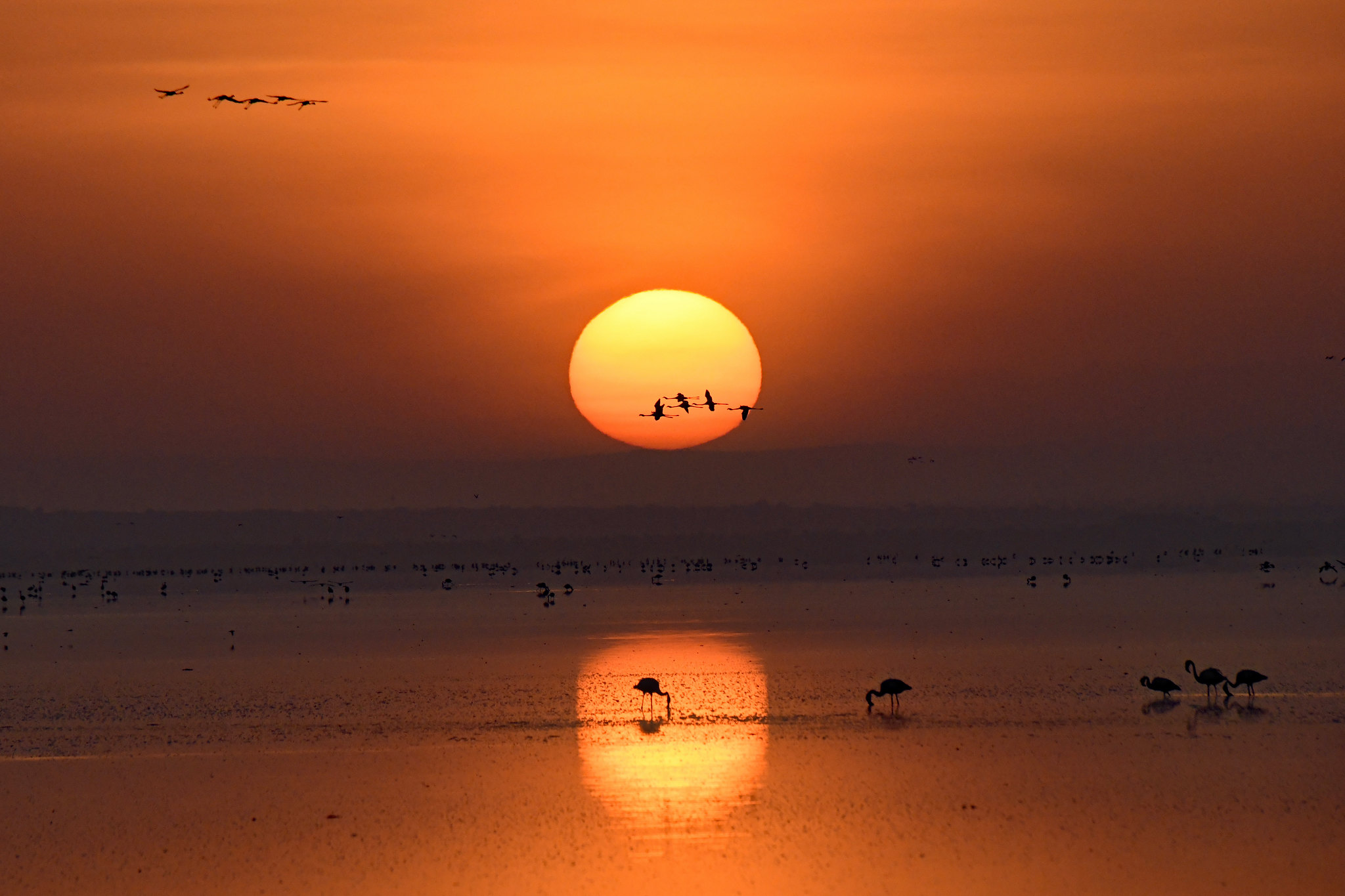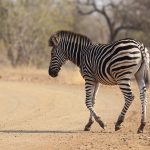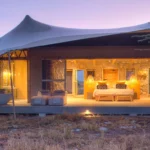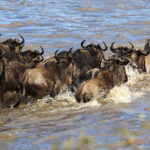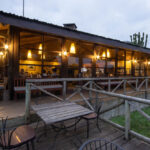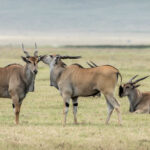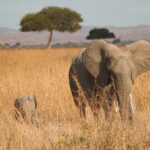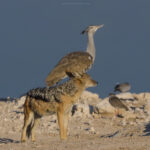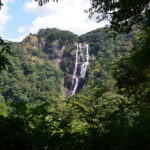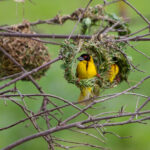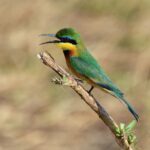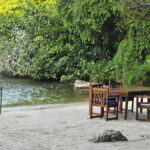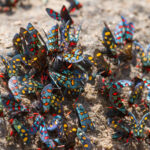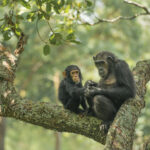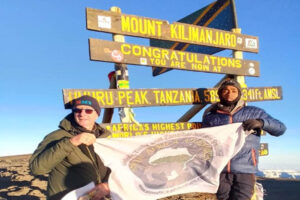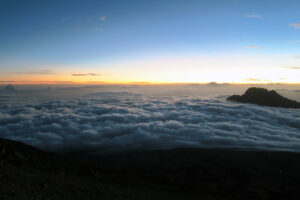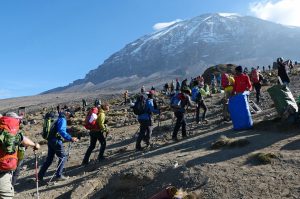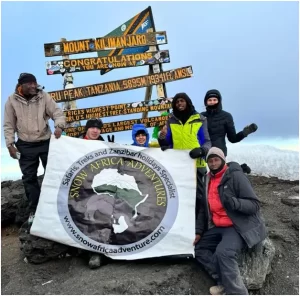
Blog How High is Kilimanjaro Mountain
How High is Kilimanjaro Mountain
The Top of Africa: Unveiling the Height of Kilimanjaro Mountain
Kilimanjaro Mountain is undoubtedly one of the most iconic landmarks in Africa, attracting thousands of adventurers from all over the world every year. This majestic mountain stands tall at an elevation of 5,895 meters (19,341 feet), making it the tallest mountain in Africa and the highest freestanding mountain in the world. It’s no wonder that conquering Kilimanjaro Mountain is on the bucket list of many adventure enthusiasts. But, the journey to the top is not for the faint-hearted. Hikers must brave the rugged terrain, unpredictable weather conditions, and altitude sickness to reach the summit. Nonetheless, the reward of standing atop the mountain and taking in the breathtaking views of the African plains is worth it. In this article, we will unveil the height of Kilimanjaro Mountain and delve into the unique features that make it a must-visit destination. So, grab your hiking boots and let’s explore the top of Africa.
The height of Kilimanjaro Mountain
As mentioned earlier, Kilimanjaro Mountain stands at an elevation of 5,895 meters (19,341 feet). The mountain has three volcanic cones: Kibo, Mawenzi, and Shira, with Kibo being the highest. The summit of Kilimanjaro is called Uhuru Peak, and it is located on the Kibo cone. Uhuru Peak is the highest point in Africa, and it offers breathtaking views of the surrounding plains.
Kilimanjaro Mountain is a dormant volcano, and its last eruption was over 360,000 years ago. The mountain is located near the equator, and its proximity to the equator has a significant impact on its climate. Kilimanjaro has five distinct ecological zones, each with its unique flora and fauna. These zones are cultivated land, rainforest, heath and moorland, alpine desert, and arctic.
The history of climbing Kilimanjaro
The history of climbing Kilimanjaro dates back to the late 1800s. The first recorded ascent of the mountain was in 1889 by a German geographer and explorer named Hans Meyer. He climbed the mountain together with a local guide named Yohani Kinyala Lauwo. Since then, Kilimanjaro has attracted adventurers from all over the world, and thousands of people attempt to climb the mountain every year.
Over the years, Kilimanjaro has become more accessible to climbers. Today, there are several routes to climb the mountain, each offering a unique experience. The most popular routes are the Marangu, Machame, Lemosho, and Rongai routes. These routes vary in terms of duration, difficulty, and scenery.
The best time to climb Kilimanjaro
The best time to climb Kilimanjaro is during the dry season, which runs from June to October and from December to March. During the dry season, the weather is more stable, and there is less rainfall, which makes the climb less challenging. The dry season is also the busiest time to climb Kilimanjaro, and the trails can be crowded.
Climbing Kilimanjaro during the rainy season, which runs from April to May and from November to December, is not recommended. The trails can be muddy and slippery, and the weather can be unpredictable, which can make the climb more challenging.
Interesting facts about Kilimanjaro Mountain
Kilimanjaro Mountain is not only the tallest mountain in Africa, but it also has several interesting facts that make it a unique destination. Here are some interesting facts about Kilimanjaro:
- – Kilimanjaro is the highest freestanding mountain in the world.
- – The mountain is home to several endangered species, including the Kilimanjaro tree hyrax and the Abbott’s duiker.
- – Kilimanjaro is a popular destination for scientific research. Scientists study the mountain’s glaciers, ecosystems, and climate patterns.
- – The mountain has several routes to climb, each offering a unique experience.
- – Climbing Kilimanjaro requires no technical climbing skills, making it accessible to most people.
Preparing for the climb
Climbing Kilimanjaro is a challenging endeavour, and proper preparation is essential. Here are some tips for preparing for the climb:
- – Get in shape: Climbing Kilimanjaro requires physical fitness. It’s essential to train for the climb by doing cardio and strength training exercises.
- – Acclimate to altitude: Altitude sickness is a common problem when climbing Kilimanjaro. It’s essential to acclimate to altitude by spending a few days at a high altitude before the climb.
- – Pack appropriately: Proper gear is essential for a successful climb. It’s essential to pack warm clothes, waterproof gear, and a good pair of hiking boots.
Choosing the right route to climb Kilimanjaro
As mentioned earlier, there are several routes to climb Kilimanjaro, and each route offers a unique experience. When choosing a route, it’s essential to consider the duration, difficulty, and scenery. Here’s a brief overview of the most popular routes:
- – Marangu Route: This is the most accessible and popular route. It takes five to six days to climb and offers moderate difficulty.
- – Machame Route: This is the most scenic route and takes six to seven days to climb. It’s also the most challenging route.
- – Lemosho Route: This is a less crowded route that takes seven to nine days to climb. It offers stunning views of the mountain.
- – Rongai Route: This is the only route that starts from the north side of the mountain. It takes six to seven days to climb and offers a unique perspective of the mountain.
Tips for a successful climb
Climbing Kilimanjaro can be a challenging endeavor, but with proper preparation and the right mindset, it can be an unforgettable experience. Here are some tips for a successful climb:
- – Take it slow: Climbing Kilimanjaro is not a race. It’s essential to take your time and pace yourself.
- – Stay hydrated: Staying hydrated is essential when climbing Kilimanjaro. It’s recommended to drink at least three liters of water per day.
– Listen to your body: Altitude sickness is a common problem when climbing Kilimanjaro. It’s essential to listen to your body and take breaks when needed.
- – Enjoy the journey: Climbing Kilimanjaro is a once-in-a-lifetime experience. It’s essential to enjoy the journey and take in the stunning scenery.
What to expect during the climb
Climbing Kilimanjaro is a unique experience, and hikers can expect to encounter several challenges and rewards along the way. Here’s what to expect during the climb:
- – Rugged terrain: The terrain on Kilimanjaro can be rugged and steep, making it challenging to climb.
- – Unpredictable weather: The weather on Kilimanjaro can be unpredictable, with temperatures ranging from hot to freezing cold.
- – Altitude sickness: Altitude sickness is a common problem when climbing Kilimanjaro. Symptoms include headaches, nausea, and fatigue.
- – Breathtaking views: The views from Kilimanjaro are stunning and unforgettable.
The experience of reaching the summit
Reaching the summit of Kilimanjaro is a rewarding experience that hikers will never forget. Standing atop the mountain and taking in the breathtaking views of the African plains is a once-in-a-lifetime experience. The journey to the top is challenging, but the reward is worth it.
Conclusion: Why Kilimanjaro is a must-climb for adventurers
Kilimanjaro Mountain is a must-climb for adventure enthusiasts. It is the highest mountain in Africa, the highest freestanding mountain in the world, and offers stunning views of the surrounding plains. Climbing Kilimanjaro is a challenging endeavor, but with proper preparation and the right mindset, it can be an unforgettable experience. With Snow Africa Adventure, climbers can book their Kilimanjaro trek and embark on an adventure of a lifetime.

